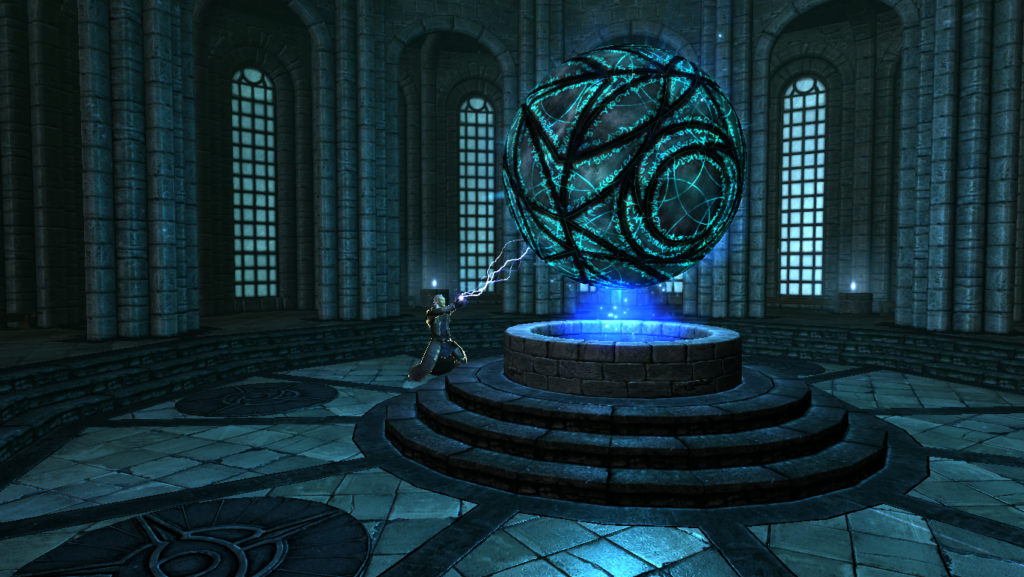#Pratchat59 – Charlie and the Whale Factory
Scientist, writer and editor Dr Kat Day joins Liz and Ben on a timey-wimey to Roundworld, as the wizards once again try to save humanity in Terry Pratchett’s third collaboration with Ian Stewart and Jack Cohen: 2005’s The Science of Discworld III: Darwin’s Watch.
Roundworld – the impossibly non-magical universe in a bottle which runs on rules – has gone wrong again, and the wizards feel duty-bound to set it right. Humanity’s survival depends on the publication of a specific book, but something is trying very hard to make sure its author writes a different one…or gets eaten by a giant squid. With the fate of humanity hanging in the balance, the wizards go to war – but who is their hidden enemy? And why is there one beardy fellow too many in the Great Hall?
In the (short) fiction chapters, the wizards must once again travel into Roundworld history, this time with a clear mission: to get Charles Darwin onto the Beagle so he can write The Origin of Species. In the science chapters, Jack and Ian have a focus – the importance of the theory of evolution – but they also feel free to use the time travel plot to explain infinity, DNA, the nature of science and history, and much more besides. They’ve learned to stay away from the cutting edge – but have they come entirely out of the “philosopause” they didn’t seem to know they were in last time?
Does the plot rely too much on prior knowledge of the Discworld? Is that really a problem, given the nature of the book? Did you follow the explanations of Minkowski spacetime and the different kinds of infinity, or were you happy coasting across the science chapters? Do they completely miss the point in that last non-fiction chapter – and does it really matter, when the end of the fiction part is so satisfying? Join in the conversation using the hashtag #Pratchat59 on social media!
Podcast: Play in new window | Download (Duration: 2:20:18 — 64.6MB)
Guest Dr Kat Day (she/her) is a chemist, a former teacher, a medical editor and a writer of both science and fiction. Kat became well known via her chemistry blog The Chronicle Flask, which is currently on hiatus; you can also find her fiction at the fiction phial. Kat is also an assistant editor for Pseudopod, the horror fiction anthology podcast from Escape Artists. Kat recommended the story “Celestial Shores” as a possible entry point for Pratchett fans, as well as “Let the Buyer Beware” from Pseudopod’s sister podcast for young adult speculative fiction, Cast of Wonders. Over on Twitter you can follow Kat at @chronicleflask, and Pseudopod at @pseudopod_org.
As usual, you can find notes and errata for this episode on our website.
Next episode Pratchett turns sixty! As promised back in #Pratchat30, we’re doing another all-questions episode. This is your chance to send in questions about books you missed first time round, pitch your wild Discworld theories, and ask us pretty much anything you like that doesn’t fit into the usual book-focussed episode. We’d also love you to answer our questions: what are do you enjoy most about the show? What kind of episodes do you wish we’d do? Which of our opinions have you most disagreed with? And have you learned anything from us? (Ben sure has!) Send us your answers, and questions, using the hashtag #Pratchat60, or via email to chat@pratchatpodcast.com.
Oh, and in November, get ready for a double-header: not only are we reading Thud! with educator Matt Roden for #Pratchat61, but we’re cooking up a bonus crossover episode! Yes, we’re teaming up with Jo and Francine from The Truth Shall Make Ye Fret, another great Pratchett podcast, to discuss Where’s My Cow?, the hottest children’s book in Ankh-Morpork. We thought we’d let you know a little early, since it might be tricky to track down a copy…
Want to help us get to the end of our six(ish) year mission and read every Pratchett book – and more? You can support us with a tip, or a subscription for as little as $2 a month, and that’s cuttin’ our own throats! See our Support Us page for details.

